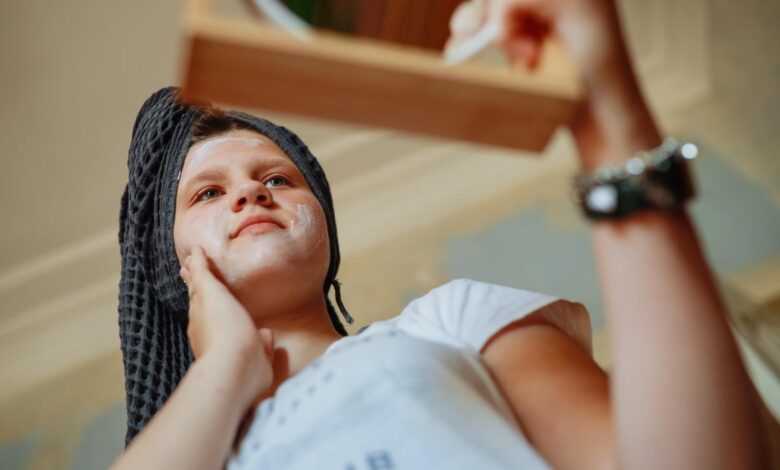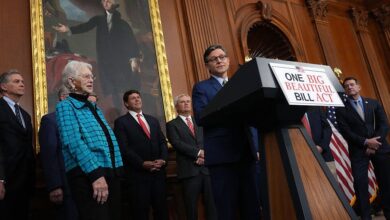How the skincare industry makes billions marketing products to tweens, including some that could harm young skin

Davis who studies children’s media and technology. “So they’re especially vulnerable to these kinds of covert forms of advertising.”
Experts say it’s important for parents to talk to their children about marketing tactics and the potential harm of using skincare products with anti-aging ingredients at a young age. They should also encourage their children to research products and ingredients before using them.
As for influencers, they should be transparent about their partnerships and clearly disclose when they are promoting a product. This not only helps protect children from potentially harmful products but also builds trust with their audience.
Ultimately, the responsibility lies with both influencers and brands to ensure that they are marketing products ethically and responsibly, especially when it comes to targeting a young audience.
about the promotion of skincare products to children on social media platforms like TikTok. The article highlights the potential harm of using skincare products with anti-aging ingredients at a young age and the importance of transparency in influencer marketing. It also discusses proposed legislation to regulate the sale of certain cosmetics to children under 18 and the role of parents in educating their children about marketing tactics. In today’s digital age, the line between adolescence, psychology, and social media marketing is becoming increasingly blurred. With the rise of influencers and the allure of social media fame, tweens are being exposed to a world of marketing tactics that can have a significant impact on their self-esteem and skincare routines.
Davis, a researcher who studies the intersection of adolescents, psychology, and social media marketing, has observed a concerning trend among tweens. “I can’t tell you how many tweens that I’ve spoken to that say, when I grow up, I want to be an influencer,” he shared. “If they see a teenage influencer getting these products, getting likes, and getting all of the social gratification and money, that’s what they’re going to want to do.”
As the skincare trend among tweens continues to grow, some brands have launched counter-marketing campaigns to educate kids about appropriate skincare routines. For example, Dove’s “Face of 10” campaign features dermatologists posting videos to inform kids about skincare. Similarly, Kiehl’s posted an image on Instagram emphasizing that the only exfoliating kids should do is playing in the sand and that the only 10-step routine kids should learn is in a ballet class.
On the other hand, many skincare brands are capitalizing on the trend by featuring kid-friendly packaging and marketing. Brands like Drunk Elephant and Glow Recipe offer products with cute packaging and bright colors to attract children’s attention. However, dermatologists caution against using products with ingredients like beta hydroxy acid and hyaluronic acid, which may not be suitable for tweens’ delicate skin.
Despite concerns raised by experts, some brands have not responded to requests for comment on their marketing strategies targeting tweens. “How do you get a child’s attention amid all these other products in a store?” said Cingel, a researcher in the field. “You put fruits, you put things that are cute on it, you put bright colors, we know that those things draw and hold children’s attention.”
In conclusion, the intersection of adolescents, psychology, and social media marketing presents a complex landscape where tweens are exposed to a barrage of skincare products and marketing tactics. As the industry continues to evolve, it is essential for parents and caregivers to educate children about appropriate skincare practices and empower them to make informed choices in a digital world.





